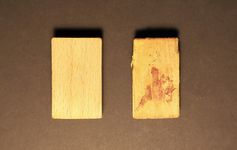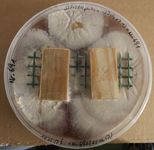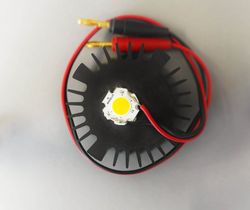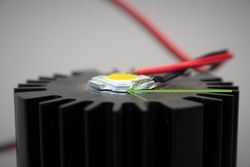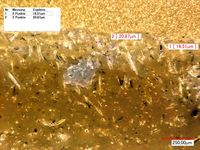Composite Materials
Composites are produced by combining different materials, which by forming an overall structure, have chemical and/or physical properties that differ from the sum of the individual components. The individual components remain separate and distinguishable in the final structure.
The new material can be preferred for various reasons. General examples are stronger, lighter or less cost-intensive materials, compared to traditional materials.
Typical Technical Composite Materials include:
- Reinforced cement and brickwork
- Composite wood e.g. plywood
- Reinforced plastic e.g. fiber-reinforced polymers or fiberglass
- Ceramic matrix composites (ceramic composites or metal matrices)
- Metallic matrix composites
Field of Application:
- Buildings
- Bridges
- Hulls
- Swimming pool cladding
- Race car bodies
- Shower cubicles
- Bathtubs
- Storage tanks
- Synthetic granite
- Marble washbasins and work plates
Wood as a natural composite material, is used in a wide range of applications, and is exposed to various conditions such as: temperature fluctuations, humidity, frost or UV radiation. Therefore, one of our working areas, concerns the development and optimization of application-related protective measures.
When wood is used outdoors, it is exposed to high climatic stress, which further increases the biological degradation process. Elaborate wood protection is necessary for a long-term usage of wood.
We have several years of practical knowledge in the field of impregnation of wood and in wood protection tests.
The dissipation of unwanted heat plays a central role in microelectronics. In some cases, complicated gap geometries occur which are difficult to fill without bubbles. Within the scope of project works, acrylate systems (acrylate mixture + activator) were developed, which were modified with a mixture of microscale boron nitride- and silicon carbide powders. The activator is applied to the surfaces, and then the filling of the interstitial space takes place and curing starts. The curing time can be variably adjusted by selecting the activation system. The materials have a pseudoplastic viscosity, and can be easily applied into cavities.
Adhesive strengths of 2.5 MPa for aluminum, ensure an assembly function.
Thermal conductivities up to 2.6 W/mK, were measured on bulk samples. By means of an IR camera, heat dissipation potential was shown on a demonstrator assembly, which was equipped with the material. A user-related adaptation, and further development of the system is possible.
The development of solvent-free formulations leads to products with higher viscosity (from approx. 100 mPa·s). This makes airless spraying and various casting techniques particularly suitable for application. However, normal solvent based spraying techniques are also possible after appropriate formulations.
The developed and optimized composite materials are used for the following objects:
- Industrial plants
- On- and offshore plants
- Refineries and chemical plants
- Internal tank and pipe coatings
- Final coating of GRP paper rolls
A special modification of the composite materials was developed with regard to properties. For example: low abrasion, high electrostatic dissipation, high adhesive strength, good degassing and protection against biocorrosion. These properties enable them to be used as casting compounds or coatings in:
- Power plants, locks, sheet pile walls, sluices, barrages, canal troughs
- Bioreactors
- Sewage and waste water treatment plants
- Composting halls and landfills

Dr. Joerg Leuthaeusser
Head of Department
Primer and Chemical Surface Treatment
e-mail
Phone: +49 3641 2825 48




